The inauguration of the New Processor Building (NEP) at the Tijuana International Airport, which will facilitate the transit of passengers between Mexico and the United States, took place on May 9.
The new building will organize the flow of people in the Terminal and seeks to establish Tijuana as an international hub, as a gateway to different destinations in Mexico.
The investment in the inaugurated work is 5,690,000 Mexican pesos, with the construction of fifty-two documentation counters and two new boarding gates, an increase from 2 to 7 Customs inspection lines and the addition of six new Immigration modules, for a total of eighteen.
With the NEP, the Airport’s surface area is increased by 83%, due to an expansion of 40,000 m2, placing it among the most modern facilities in Mexico, attracting international operations and positioning the city as the most connected in the country, with thirty-seven direct connections to national destinations.
These new facilities are complemented by the Cross Border Xpress (CBX) bridge crossing, which is expected to be used by at least four million people during 2022.
In addition, the surrounding CBX will include hotels and restaurants, a business center with offices and conference areas, an on-site car rental facility and ample parking.
Currently, Tijuana is Mexico’s fourth busiest airport with more than 3,757,000 passengers carried during the first four months of 2022, a 36% growth over the same period in 2019: 30% of those travelers pass the U.S. border through the CBX crossing.
Current destinations and airlines
According to data obtained by Aviacionline through Cirium, for May, Volaris is the airline with the largest presence in Tijuana with 71.8% of Tijuana’s seat supply, Viva Aerobus and Aeromexico have 19.7% and 8.1% of the Share respectively; and Calafia closes with 1.7%.
According to the Federal Civil Aviation Agency (AFAC), the route with the highest passenger traffic in Tijuana, and the second largest in Mexico, is the connection with the Mexican capital. Between January and March 2022, it mobilized 598,757 passengers and 1,443,452 kg of cargo in 3,726 flights.
With 536,737 passengers mobilized, in the first quarter of 2022, Guadalajara is positioned as Tijuana’s second destination and fifth nationally.
Culiacán closes the podium with 208,105 passengers so far in 2022.
Tijuana’s destination network is made up of 37 domestic destinations with Aeromexico, Calafia, Viva Aerobus and Volaris:
For several years, the concessionaire and the government of Baja California negotiated with several companies the establishment of international routes.
Prior to the pandemic they had flights to Shanghai (China) with AeroMexico and Beijing (China) with Hainan Airlines, destinations they are trying to recover.
Volaris used to have three international destinations: Oakland (United States), Guatemala and El Salvador, which operated for a brief period between 2017 and 2018.


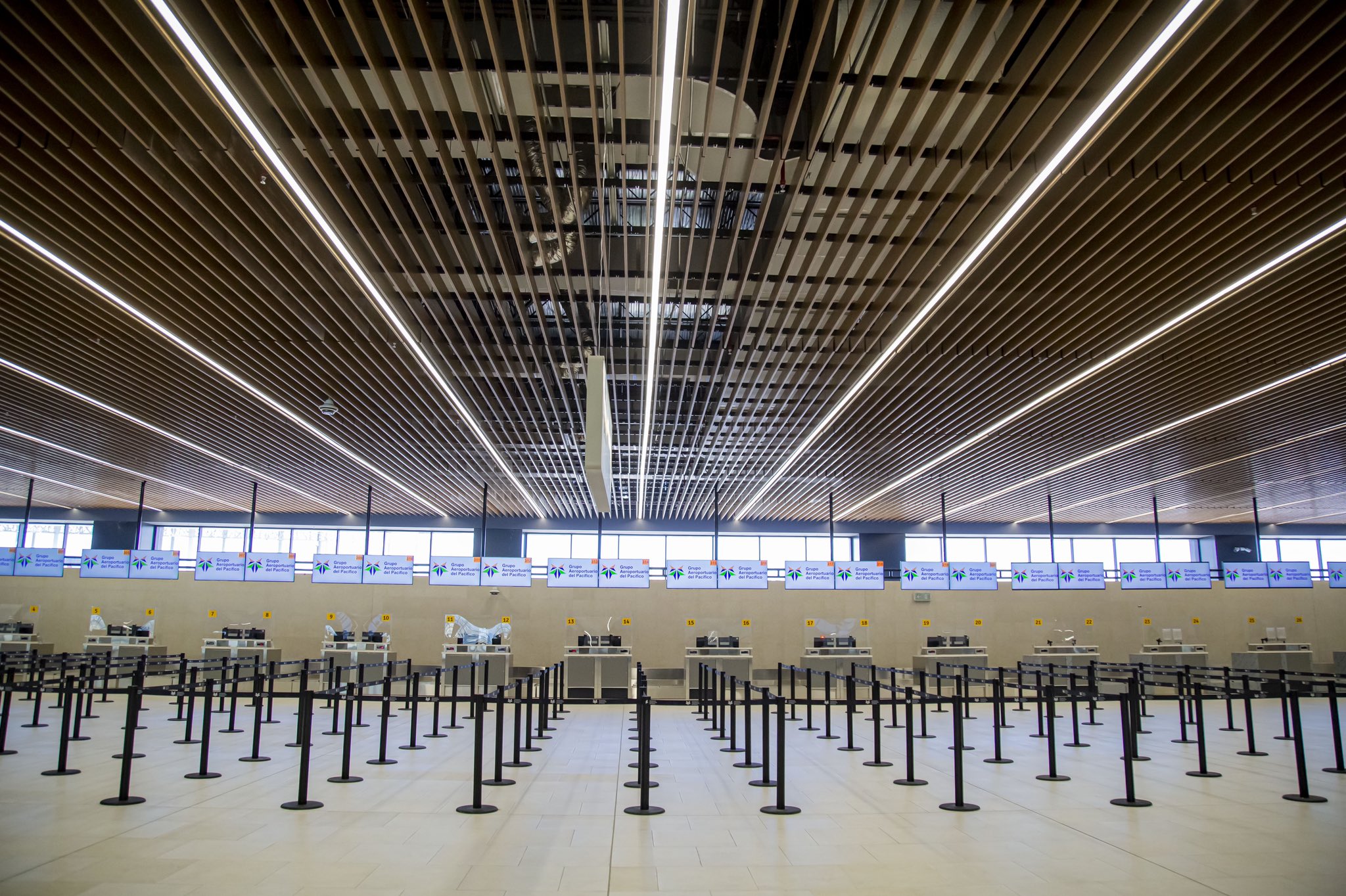
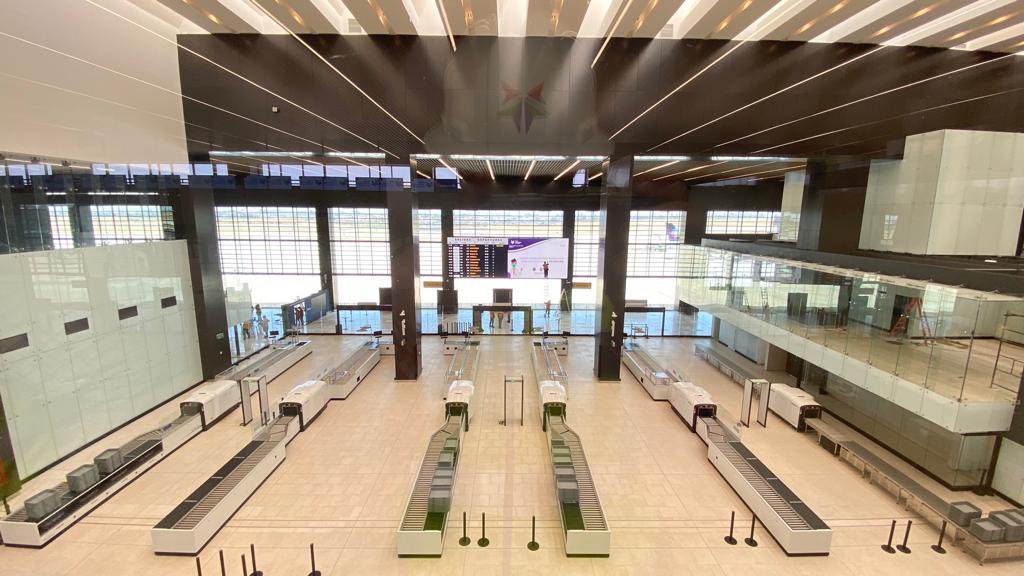
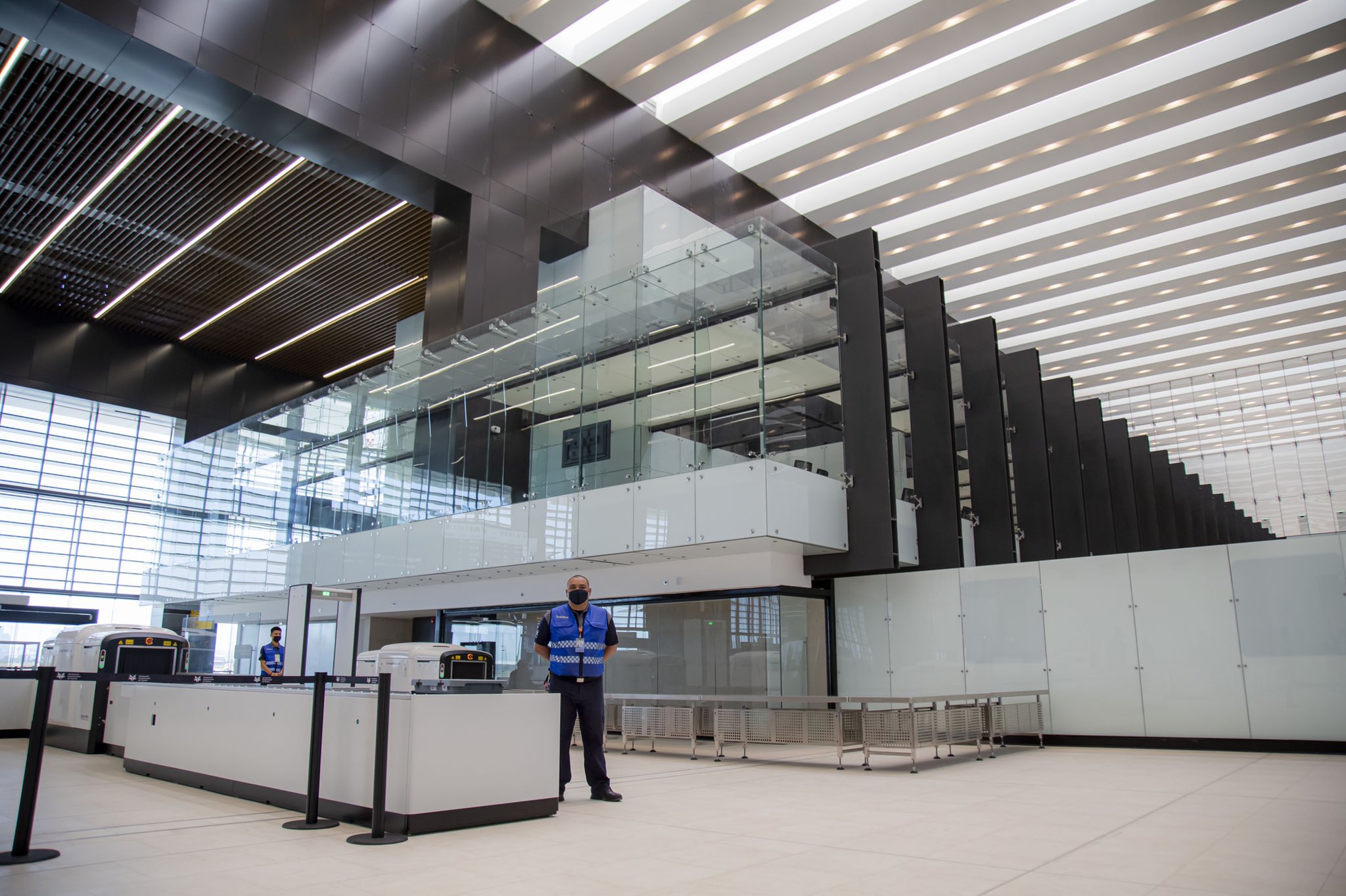
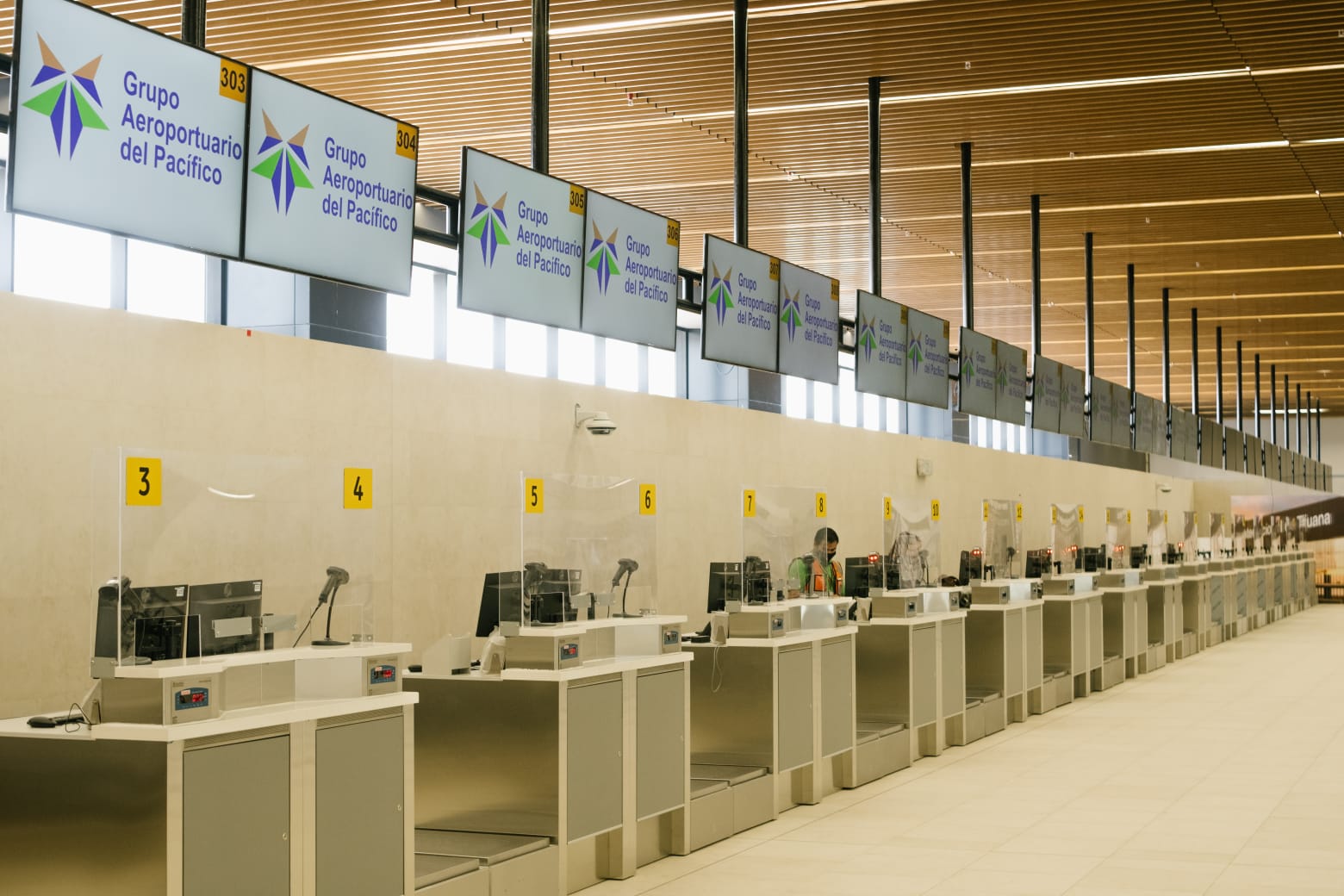
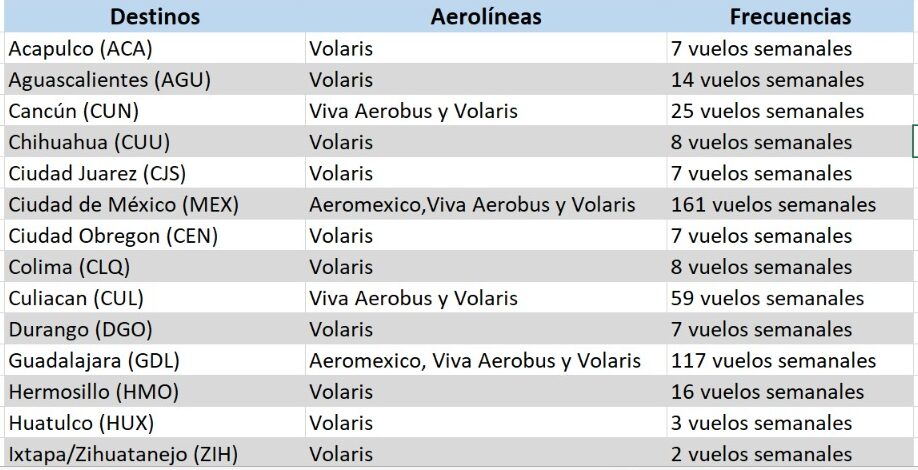
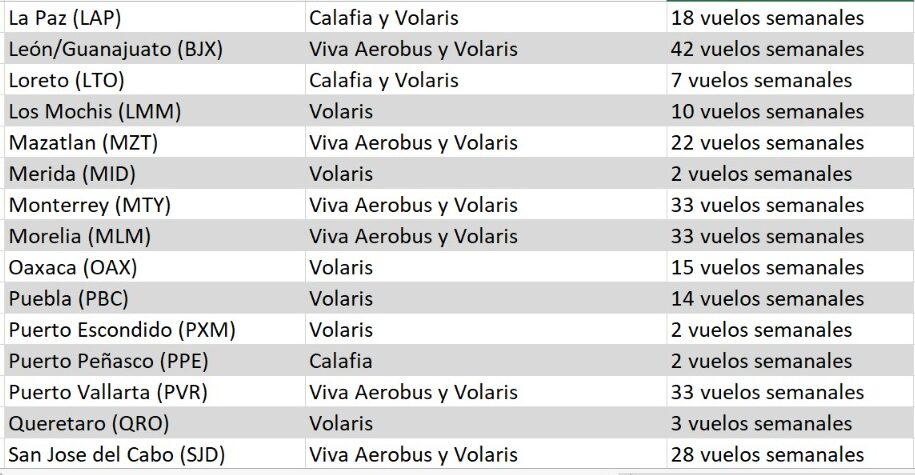

Comentarios
Para comentar, debés estar registrado
Por favor, iniciá sesión